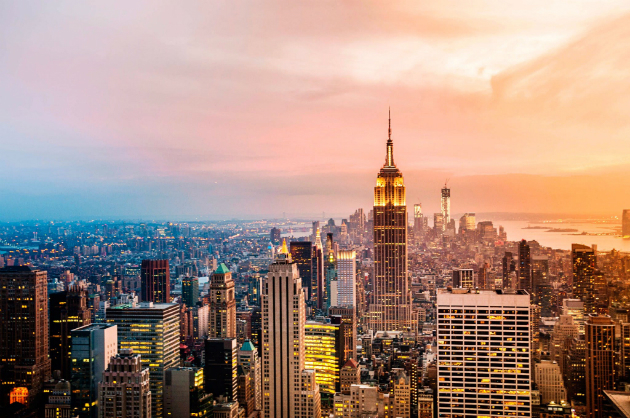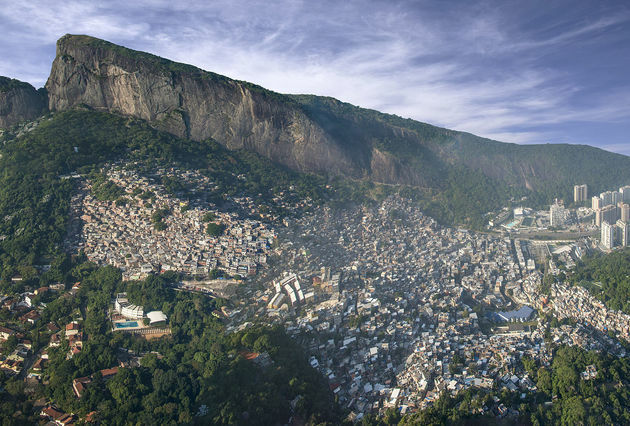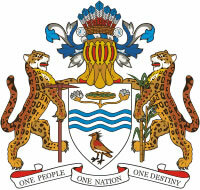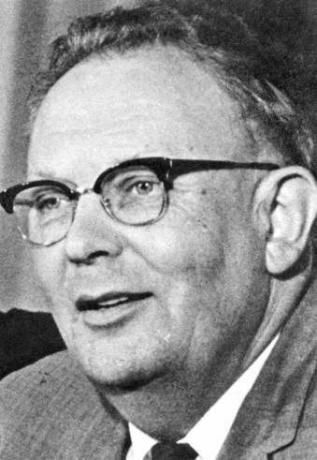THE Urbanization it is a phenomenon that is linked to the population and territorial growth of cities.
It is the result of the natural vegetative growth of the cities themselves, added to the migratory flows coming from the countryside. Therefore, urbanization is intrinsically linked to the migration of rural populations to urban areas. This process is called rural exodus.
The urbanization process
Today, we are witnessing the hegemony of the city over the countryside, with the growing urbanization process. Studies show that two-thirds of the world's population must live in cities by 2050.
It is worth noting here the interdependent relationship between the city and the countryside. While the countryside produces according to the logic of capitalism dictated by the cities, these, in turn, depend on the production of the countryside to survive.
This includes the facilities that the infrastructure of urban areas offers, such as water, sewage, gas, electricity, transport, education, health, etc.
These attractions of cities are also strengthened by repulsive factors such as natural disasters. These problems drive people out of the countryside and other bleak and undeveloped regions.
history of urbanization
Urbanization is a phenomenon that has existed since the Neolithic period, when cities emerged more than six thousand years ago.
They were called hydraulic civilizations and were born by the beds of the Tigris, Euphrates, Nile and Indus rivers, in the regions of Egypt, China, India, not to mention urbanization in Greece and Rome.
During the Middle Ages, the urbanization process was reversed and we had an urban exodus. However, the urban renaissance of the 11th, 12th and 13th centuries marked the return of urban life.
In the 16th century new territories were discovered and new cities were founded. Many prospered and grew, especially those from settlement colonies. In the 18th century, with the Industrial Revolution, urbanization has returned to grow exponentially, which happens to this day.
Between the 19th and 20th centuries, the urbanized world became a reality and will be a hegemony in the 21st century.
Read too:
- Demography
- Rural exodus
- Vegetative Growth
- Rural Area and Urban Area
- Natural and Humanized Landscape
The urbanization process in Brazil
Unlike the Spanish colonization in America, which excelled in the construction of well-structured cities, in Brazil, urbanization was late, fast and disorderly.
At first, Brazilian cities established themselves on the coast and only those that had large ports stood out in the urbanization processes.
During the 18th century, mining in the Minas Gerais region fostered urbanization in that territory. However, it was only in 1930, with the intensification of Brazilian industrialization, that urbanization actually took effect.
At that time, the southeast of the country already had a strong infrastructure and the largest number of industries in Brazil, which attracted many immigrants. In turn, the Midwest met the phenomenon of urbanization with the Brasilia construction, in 1960.
know more:
- Brazilian urbanization
- Industrialization in Brazil
- Enem geography: subjects that fall the most
Urbanization and urban planning today

Currently, it is not uncommon to find cities that have grown so much that they have merged with others, in the process we call "conurbation".
These metropolitan regions they can house millions of people, where urban planning becomes essential. This is because he determines the nature of urbanization processes, being directly responsible for the level of quality of life in cities.
Urbanization Problems
The nature of urbanization in developed countries was characterized by slow and well-structured development, especially in Europe, the United States and Japan. In these places, meticulous planning ensured good urban development.
In poor countries, however, urbanization is impetuous, resulting in the formation of slums. In this context, unemployment or underemployment, increased inequalities, urban violence, etc. prevail.

Understand more about each of the urbanization problems:
- Slums in Brazil
- Social Inequality in Brazil
- Urban violence
- Violence in Brazil



